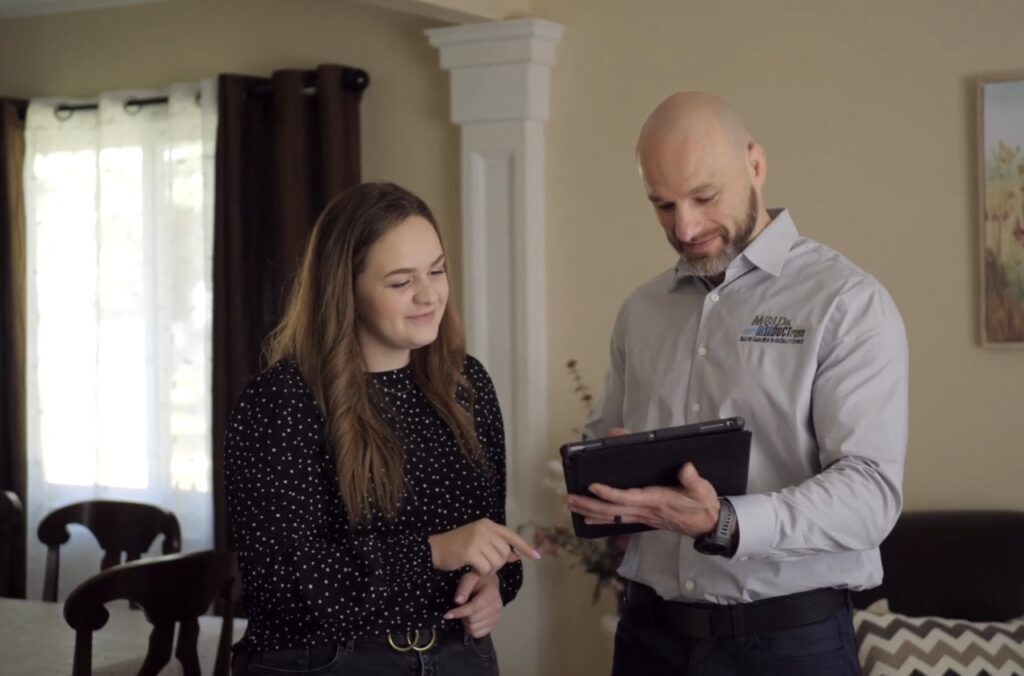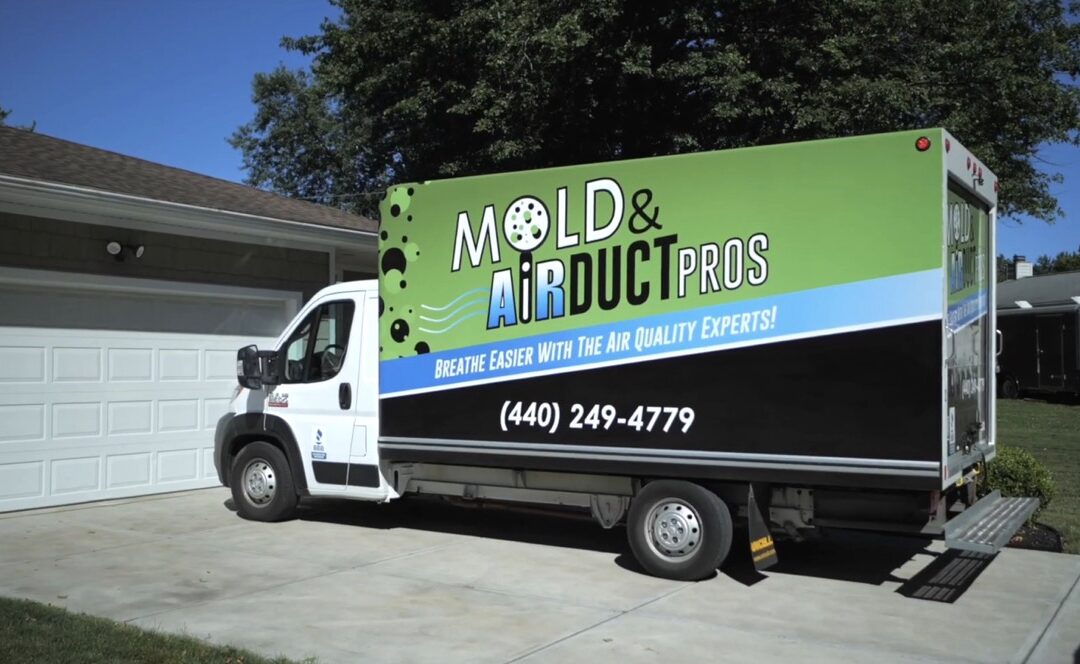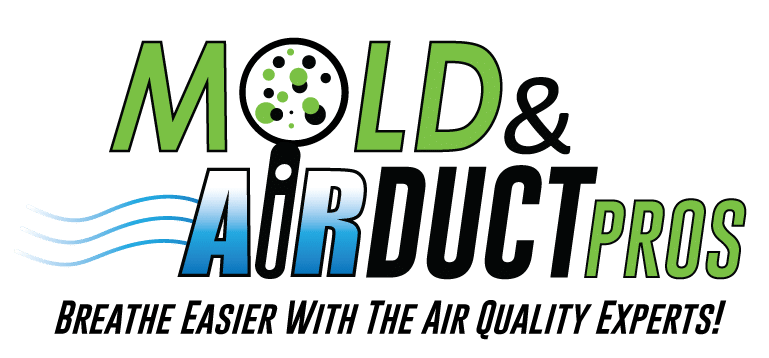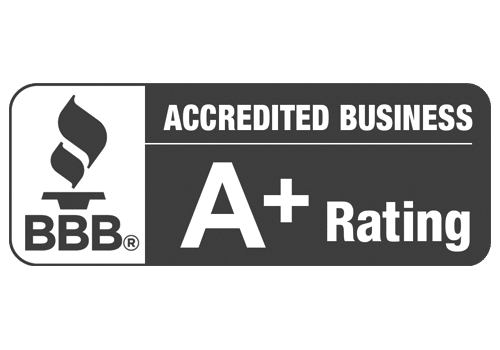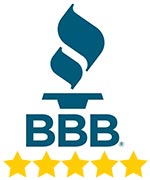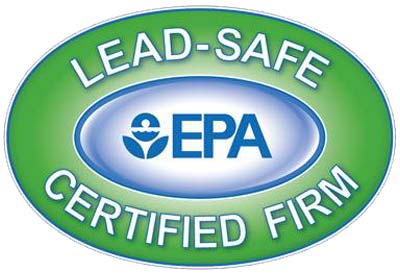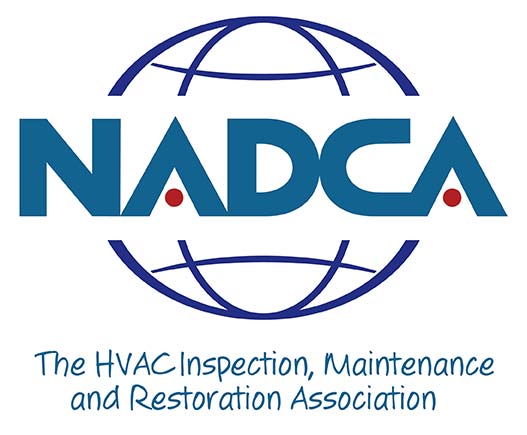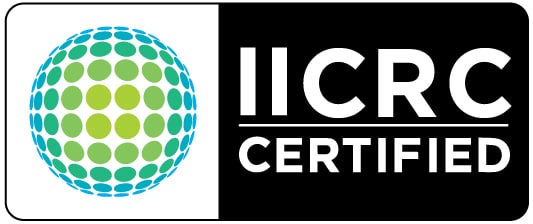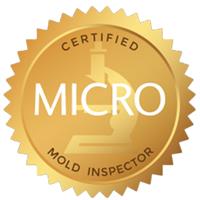You think that you’ve found black mold in your home. You spot a patch in the corner of your bathroom or on your basement wall. It looks like black mold, but how can you tell and what do you do?
In this article, we’re going to answer these questions. We’ll discuss what black mold is, why you should take it seriously, and how to recognize it. Most importantly, we’ll give you real steps you can take when black mold shows up in your home.
Table of Contents
Understanding Black Mold
What is it?
Black mold, scientifically known as Stachybotrys chartarum, is a type of fungus that grows in damp and humid environments.
It often appears dark green or black, contributing to its name. It can also appear gray or brown, and even include orange flecks. Its texture is typically slimy, but can be powdery or furry. Unlike some molds, black mold doesn’t always produce a strong, musty odor, making it challenging to detect. It grows on surfaces that are high in cellulose, including drywall, wood, carpet, and ceiling tiles.
One of the main concerns with black mold is the release of mycotoxins. Mycotoxins are harmful substances that can be present in mold spores. They can lead to various health issues if they are inhaled or come into contact with the skin. While not all strains of black mold produce mycotoxins, those that do can release these toxic compounds into the air.
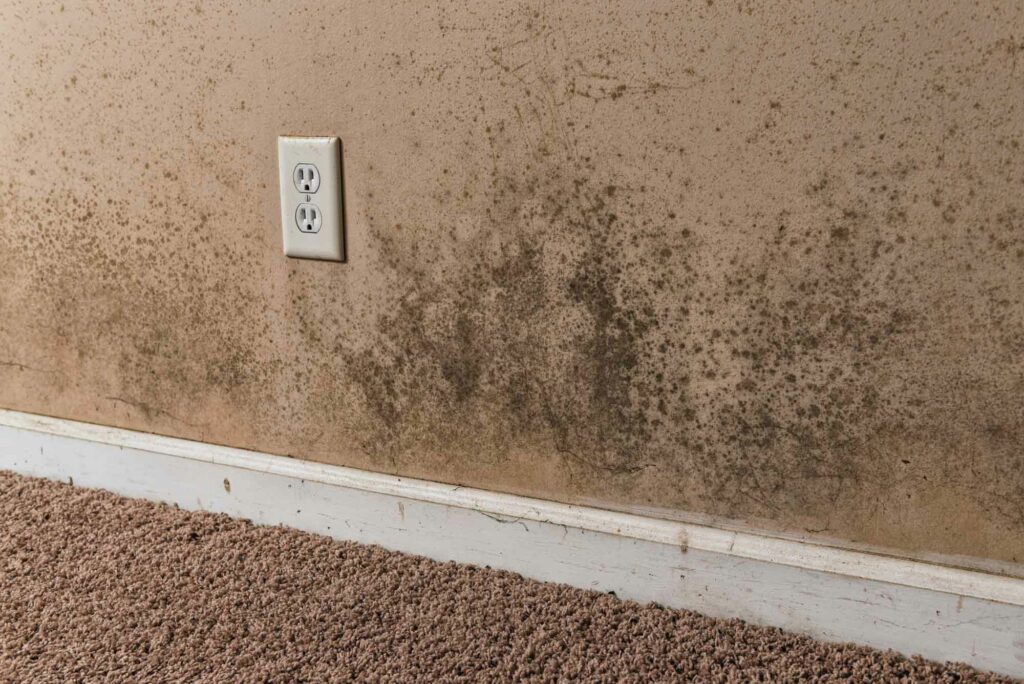
Where is it Found?
Knowing where to keep an eye out for black mold is crucial because of the potential serious health risks it poses. This mold thrives in areas with excessive moisture. Think water-damaged buildings, areas with chronic leaks, or places with poor ventilation. Bathrooms, kitchens, basements, and attics are all examples of potential places that black mold could thrive.
Why Is it a Problem?
Black mold affects everybody differently. Most people will have at least some symptoms from exposure to the spores. According to the Cleveland Clinic, common reactions include “sneezing, coughing, nasal congestion, postnasal drip, and red eyes.”
If you have a mold allergy, compromised immune system, or respiratory condition, you may experience more severe reactions. In these cases, look out for shortness of breath, skin irritations, or tightness of chest. For those with a compromised immune system, it is also possible to end up with a a fungal infection in the airways or other parts of the body.
It’s essential to recognize these health risks and to have an understanding of how severe your individual reaction to black mold might be. To avoid experiencing these possible health concerns, check mold-prone areas in your home regularly, limit exposure to possible mold spores, and don’t wait to call in a professional when there is a question.
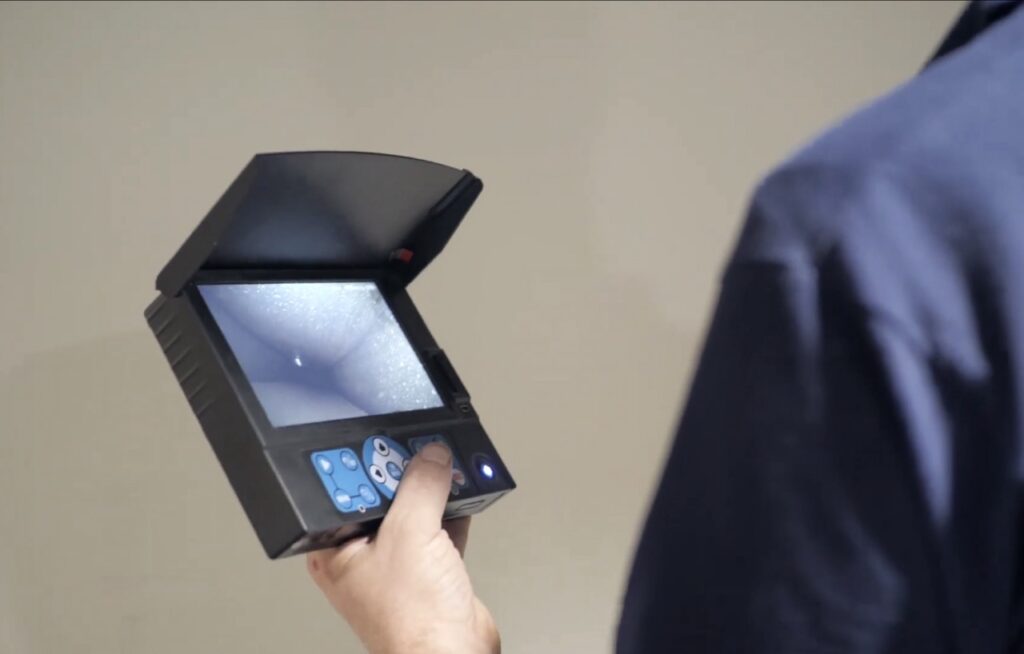
5 Ways to Identify Black Mold
- Professional testing. The only reliable way to identify black mold (or any mold) accurately, is to call in an experienced professional with access to specialized equipment and training. The following four tips are a good starting place- they can help you know what to look for and keep you watchful. But don’t rely on them.
- What’s it look like? As mentioned earlier, black mold does often appear to be a black patch or steak, depending on the size of the colony. But it can come in various colors. It often looks grey, brown, or dark green, and can sometimes include brighter streaks of color, like orange. Its texture is typically slimy, but depending on the age of the black mold, it can also feel powdery or furry.
- It it growing in a damp area? Any areas of your home that have experienced water damage, leaks, or poor ventilation could be a breeding ground for black mold. It cannot grow without a moist environment.
- Are there surface changes? Over time, black mold can cause discoloration, warping, or deterioration of surfaces it inhabits. According to OSHA (Occupational Safety and Health Administration), “Black mold likes material with a high amount of cellulose, including carpet, paper, fiberboard, sealant, and grout. As black mold eats through a surface, the material grows rotten and brittle over time. The ability to cause structural damage is another reason black mold is so notorious among homeowners.”
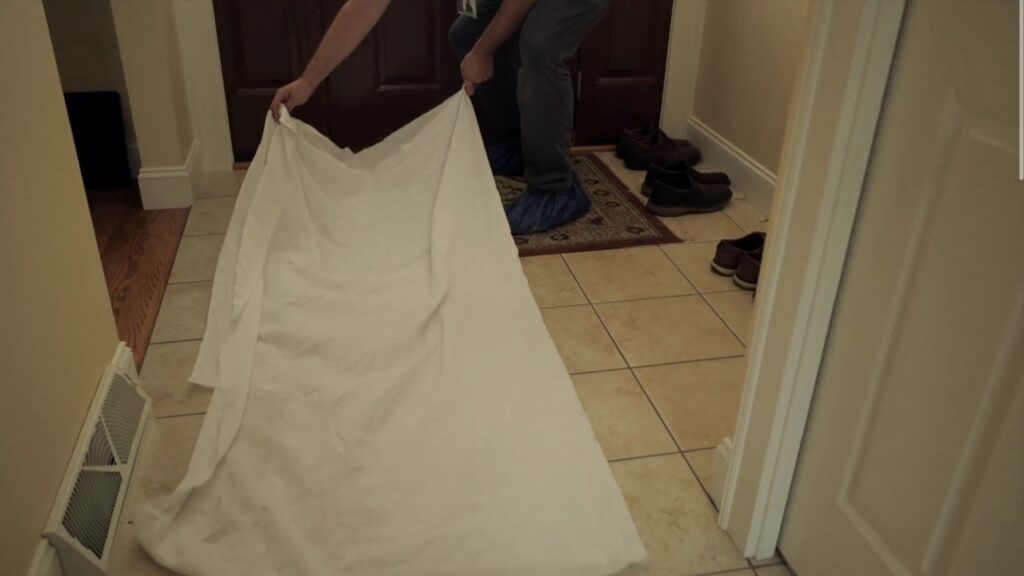
How to Get Rid of Black Mold
To get rid of black mold, start by isolating the affected areas with plastic sheeting and tape to prevent spores from spreading, and turn off HVAC systems. Next, find a certified mold professional to assess the mold and determine the extent of the damage. Choose a reliable remediation company and ensure their process is thorough. Finally, prevent future mold growth by keeping your home dry, fixing leaks, improving ventilation, and maintaining indoor humidity levels below 60%, as recommended by the EPA.
Does Bleach Kill Black Mold?
Bleach can kill black mold on hard, non-porous surfaces like countertops, windows, shower walls but it isn’t effective on porous surfaces such as wood or drywall. While it may clean the surface, mold can grow back because bleach doesn’t penetrate deeply.
This is a common question which is explored more in this article that goes into depth about removing mold with household bleach. The problem is that if you are finding mold in your home, it is likely not contained to a particular surface. Also, bleach only works on hard, non-porous surfaces. Not only that, but once the mold on the hard surface is killed, it must be thoroughly removed because dead mold spores are also dangerous.
This is our recommended process to remove black mold in your home:
- Professional Assessment: The first thing is always to have a certified mold professional assess your home. They will be able to test any mold that they find and determine the extent of the mold and the exact locations. They will then advise you on next steps.
- Isolation: After the mold locations are determined by the tests, it is important to seal off the areas affected by mold growth. This will prevent mold spores from spreading to other parts of the property. Typically, this is done with plastic sheeting and tape. If you want to make sure that the job is done safely and thoroughly, call a qualified mold remediation professional. Negative airflow fans with HEPA filters are often recommended to keep the mold confined to the room even when entering and exiting the containment. Isolate the HVAC systems as well by turning off the heating, ventilation, and air conditioning systems in the affected areas. Doing so will help prevent the spread of mold spores through the air ducts.
- Remediation: Different pros will have different remediation processes and some will be more thorough than others. Do your research before hiring a remediation company, and make sure that their strategies are clear and thorough. For example, Mold and Air Duct Pros use a 10-step system that includes containment to prevent mold spread, air filtration using HEPA filters, safe removal of contaminated materials, thorough cleaning and sanitizing of all surfaces, complete drying of the affected areas, and evaluating the results afterward to confirm the remediation was a success.
- Prevention: Prevent future mold infestations by keeping your home clean and dry. This involves fixing leaks, improving ventilation, and ideally keeping indoor humidity levels below 60%. The EPA recommends an indoor humidity level of 30-50%. Moisture is necessary for black mold (or any mold) to grow- and keeping your home dry is the most effective way to protect yourself from future mold problems.

The Benefits of Choosing a Trusted Cleveland Mold Removal Pro for your Remediation
Choosing a mold removal professional with local expertise can make all the difference. Here are a few of the reasons that it just makes sense:
- Familiarity with Local Conditions: A local mold professional in Cleveland understands the area and its unique challenges. They have knowledge of the environmental conditions, climate, and common mold species in the area. This allows them to come up with tailored solutions based on their experience with mold issues specific to Cleveland.
- Regulatory Compliance: Local professionals are well-versed in regional regulations and compliance standards related to mold remediation. This makes sure that the mold removal process complies with local guidelines, avoiding potential legal complications.
- Swift Response: Local mold professionals can offer a quicker response to mold emergencies. Their proximity allows for quick assessments and for getting remediation measures started without delay. This minimizes the spread of mold and potential damage.
- Community Reputation: A local professional is likely to have a reputation within the Cleveland community. Reviews and recommendations from other Cleveland-area homeowners can give you a good idea of whether or not you should trust them with your home as well.
- Knowledge of Local Building Structures: Cleveland has specific architectural styles and building structures. A local mold professional is familiar with these details, making the mold inspection and remediation processes more efficient.
- Understanding of Insurance Protocols: Local mold professionals often have experience working with local insurance providers. They can navigate the intricacies of insurance claims related to mold damage, and their clients can’t have peace of mind knowing that they will get the maximum coverage for the remediation work.
- Availability for Follow-Up Services: Local professionals are around for follow-up inspections and maintenance. They’re “in the neighborhood” and will be there for you through the remediation process and beyond.
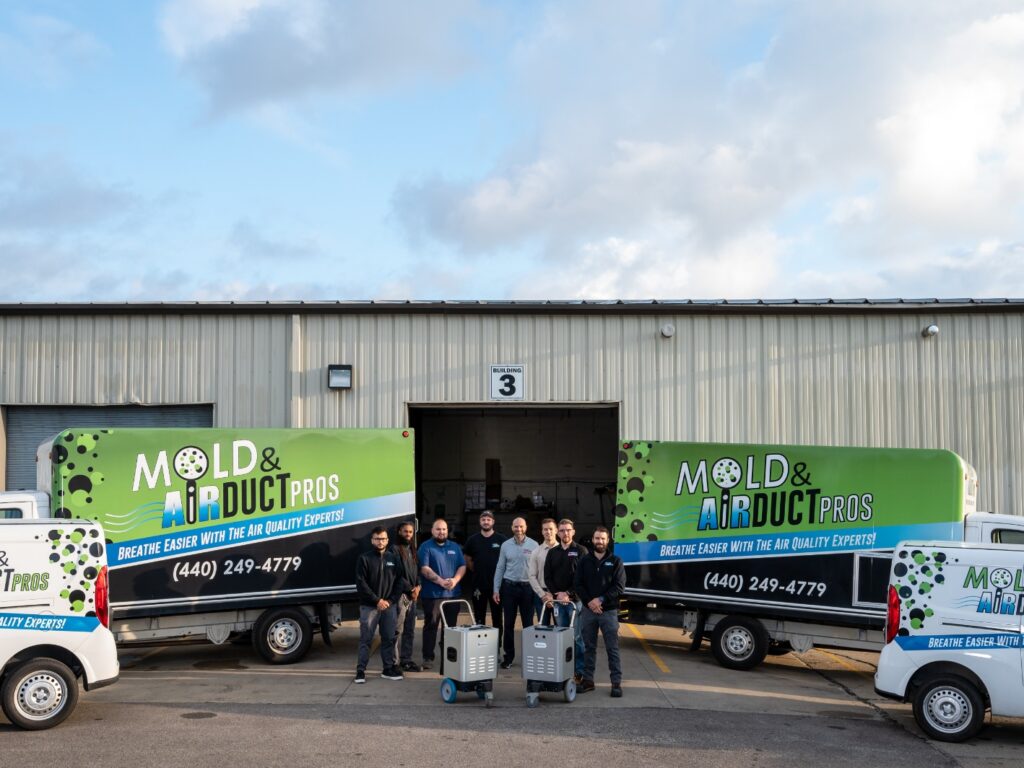
Taking Action
Noticing, identifying, and responding to black mold takes vigilance and understanding. The big takeaways should be: recognize the signs (like musty odors, surface changes, and excessive moisture,) keep your eyes open for them, and get professional help throughout the process.
If you suspect that you have black mold in your home, quick action is crucial. Reach out to our experienced mold professionals for a swift and effective response. Our local experience ensures an individual approach- both to mold issues specific to the Cleveland area in general, and to your home specifically. We will address both the visible mold and potential hidden sources.
Remember, early detection and rapid remediation are essential to prevent further damage and protect your health. Don’t wait to contact us for a complete assessment and expert assistance in the North East Ohio area. Together, we can create a healthier living environment by tackling black mold issues promptly and effectively. Your safety and the well-being of your property are our top priorities!
